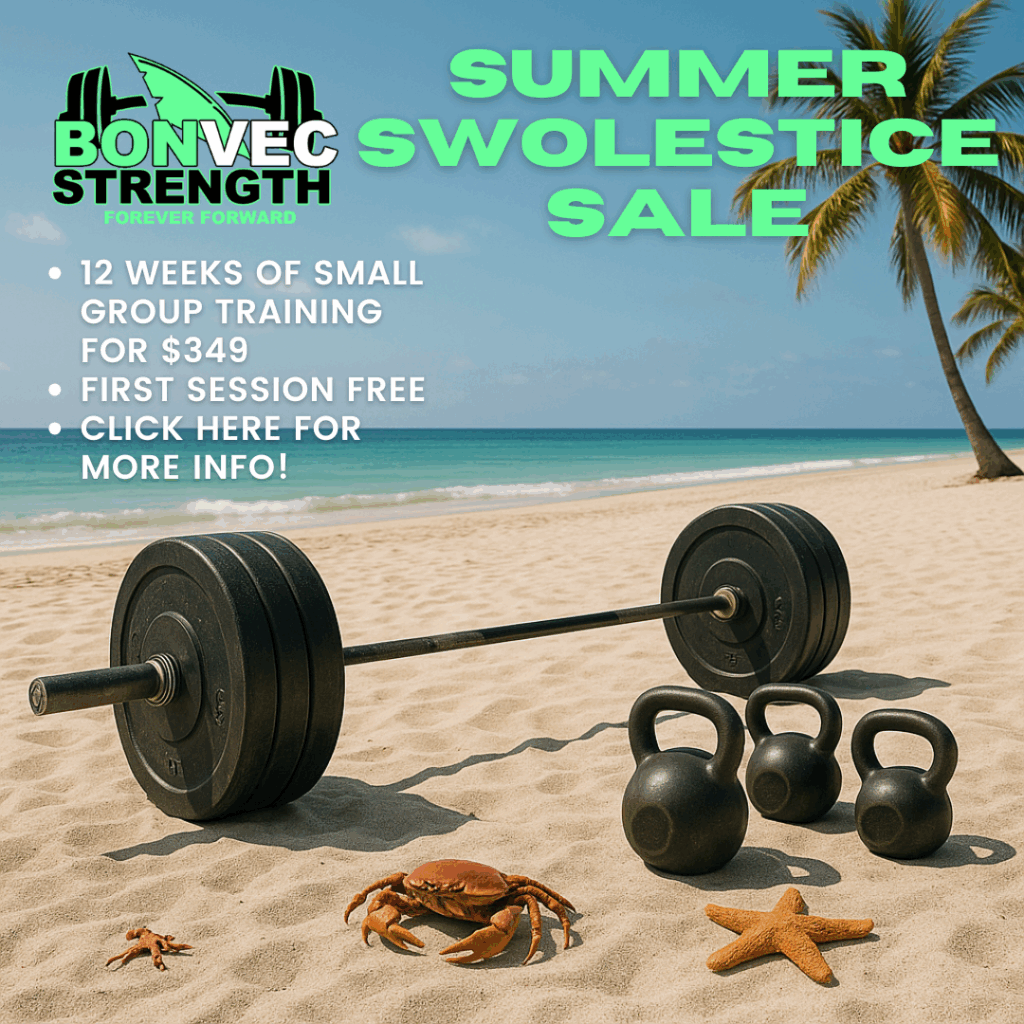Everyone has their own unique goals. In the world of powerlifting, the common goal is to get as strong as possible. Getting as big as possible often accompanies that goal, as lifting heavy things and getting jacked tend to go hand in hand.
However, there are occasions where someone may NOT want to get any bigger. Hard to imagine, I know. Some valid reasons include:
- Wanting to stay in their current weight class
- They feel better at a lighter bodyweight (i.e., better mobility, less joint stress, better cardiovascular health)
- Sick of buying new clothes
In all seriousness, you don’t have to rationalize your goals to anyone. You want what you want, and that’s that.
If you’re aiming to build strength without adding additional muscle mass or body weight, here are four strategies you can use.
Keep the Reps Low
If you’re a powerlifter, you’re probably training with low reps already. In general, high-load, low-rep training is largely neurologically driven and won’t make an appreciable impact on muscle growth. So keep doing what you’re doing.
Rep ranges that build strength, muscle and endurance aren’t totally black and white. It’s not like sets of 1-5 reps ONLY build strength and sets of 8-12 ONLY build muscle. It’s more like a dimmer switch than an on/off switch. But if you keep the bulk of your compound lifts in the 1-5 rep range, you won’t get much of a hypertrophy effect from them.
That likely means omitting things like high-rep backdown sets, drop sets, rest-pause sets and the various other high-rep torture devices that are “fun” to throw in to your squat/bench/deadlift training every now and then.
Jump, Throw and Sprint
Powerlifters are athletes… kinda? Well, powerlifting is a sport, and therefore powerlifters are technically athletes, although they don’t do many of the “athletic” things that team sport athletes like football, basketball and hockey players do. Things like jump, rotate and change directions. Those things are non-specific to powerlifting and probably won’t do much to improve your 1-rep max in the competition lifts.
However, much like low-rep strength training, these movements place a huge demand on the nervous system and can help improve power (force displayed rapidly) and maintain strength with virtually no hypertrophic effects.
In lieu of some of your squat, bench press and deadlift volume, consider adding some of the following exercises:
| Competition Lift | Alternative | Examples |
| Squat | Jumps | Box Jumps |
| Seated Box Jumps | ||
| Trap Bar Jumps | ||
| Bench Press | Med Ball Throws | Supine Catch and Throw |
| Chest Pass to Wall | ||
| Rotational Scoop Toss | ||
| Deadlift | Sprints | Sled Pushes |
| Hill Sprints | ||
| Band-Resisted Sprints |
De-Emphasize the Eccentric Phase
The eccentric phase of the lift is the lowering or “negative” portion of the exercise. For example, the quads and glutes are eccentrically loaded as you sit into the bottom of a squat, and the pecs, shoulders and triceps are eccentrically loaded when you lower the bar to your chest on a bench press. This phase tends to induce the most muscle damage and have the greatest impact on hypertrophy.
If you don’t want to get bigger, you can de-emphasize the eccentric phase a couple of ways:
- Don’t worry about lowering the weight slowly
- Opt for exercises where there’s less tension on the muscle at the bottom of the rep (e.g., choose incline DB curls instead of preacher curls)
- Choose more concentric-only exercises
There are plenty of exercises that can build (or at least maintain) your strength that are concentric-only. With no eccentric phase to speak of, they’re not gonna make you huge. Examples include:
- Anderson squats
- Dead bench press
- Most deadlift variations (RDLs are the main exclusion)
- Step-Ups of all kinds
- Sled pushes/pulls of all kinds
The Anderson squats and dead bench in particular should be done for multiple singles so there’s no purposeful lowering of the bar, and therefore no eccentric phase.
Leave Plenty of Reps in the Tank on Accessory Work
The main purpose of most accessory exercises is to build muscle mass. Bigger muscles have more cross-sectional area (to increase the base of support under the bar) and more contractile elements (to increase force production). For these exercises to be effective, you need to train relatively close to muscular failure (1-3 reps in the tank) with decently high volume (or at least gradually increase volume over time).
Don’t want to grow but want to maintain the muscle mass you have? Stop your sets further away from muscular failure and keep the volume low. Leave at least 4 reps in the tank. Keep your training volume low. How low? Tough to say, but research seems to indicate that novice lifters can get away with about 30 percent of their normal training volume and advanced lifters can do about 10 percent of their normal training volume without losing muscle mass. That’s a stupidly low amount of work.
All Buff, No Fluff
If you want to get strong without any size gains, God bless. The heart wants what it wants. Consider using these strategies to help keep your bodyweight steady while adding pounds to the bar.


